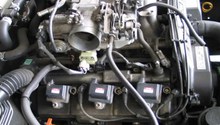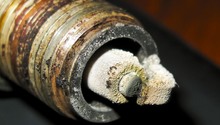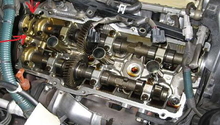Toyota Tundra: How to Replace Spark Plugs and Ignition Coils
When your spark plugs and ignition coils start to fail, it can lead to engine misfires and check engine lights, especially in the rainy season. This article will show you how to replace these parts when they eventually go bad.
This article applies to the Toyota Tundra (2000-Present).
When you put a lot of miles on your Tundra, eventually your going to need new spark plugs and ignition coils. Typically, you'll only need to replace the spark plugs every 30,000 to 75,000 miles depending on their quality. You also shouldn't need to replace your ignition coils until they start to cause problems such as misfires, which you'll be able to detect from a check engine light. If one coil goes bad, chances are the rest are soon to be on their way out so it's a good idea to replace them all at once.

Materials Needed
- Replacement spark plugs
- Replacement ignition coils
- Ratchet with 10mm socket, 5/8" spark plug socket and extension
- Spark plug gap tester
- Compressed air
- Anti-seize
Step 1 – Remove the ignition coil
The ignition coil connects directly to the spark plug. This makes it convenient if you need to replace the coils and the spark plugs at the same time. Removing the ignition coil couldn't be simpler. Disconnect the plug that connects to the ignition coil. Then undo the bolt holding it to the engine. After that, just pull the ignition coil out and you'll be able to see the spark plug inside the hole.
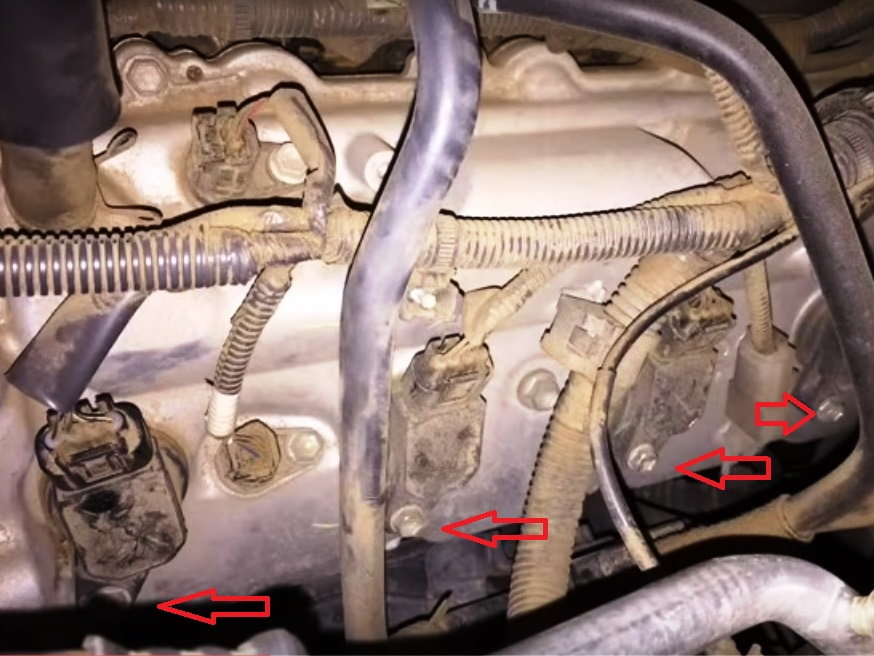
Figure 1. Ignition coil bolts (4 per side). 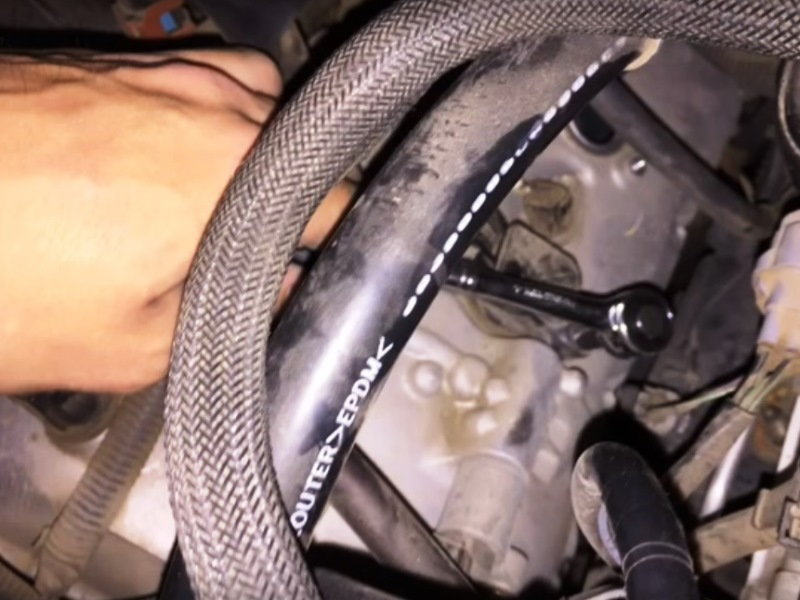
Figure 2. Unbolt the ignition coil. 
Figure 3. Remove the ignition coil.
Step 2 – Remove the spark plug
Before you remove the spark plug, make sure there is no dirt or crud in the hole. If anything fell down there, it's going to fall into the cylinder as soon as you try removing the spark plug. The best way to get rid of it is to blow it out with compressed air. A shop vac is also a good way to clean it out, if you don't have an air compressor.
Once you've made sure nothing can fall into the cylinder, you're ready to pull the spark plug. Spray WD-40 or penetrating oil in the hole to help lubricate the threads if the spark plugs haven't been changed in years, or since new, they may be hard to loosen. Use your ratchet with the spark plug socket and the extension to reach down and unscrew the spark plug. If it is overly difficult, spray more lubricant and try turning the plug 1/4 turn in and then out to break it free. Once the spark plug is loose, carefully guide it out of the hole and remove it from your spark plug socket.
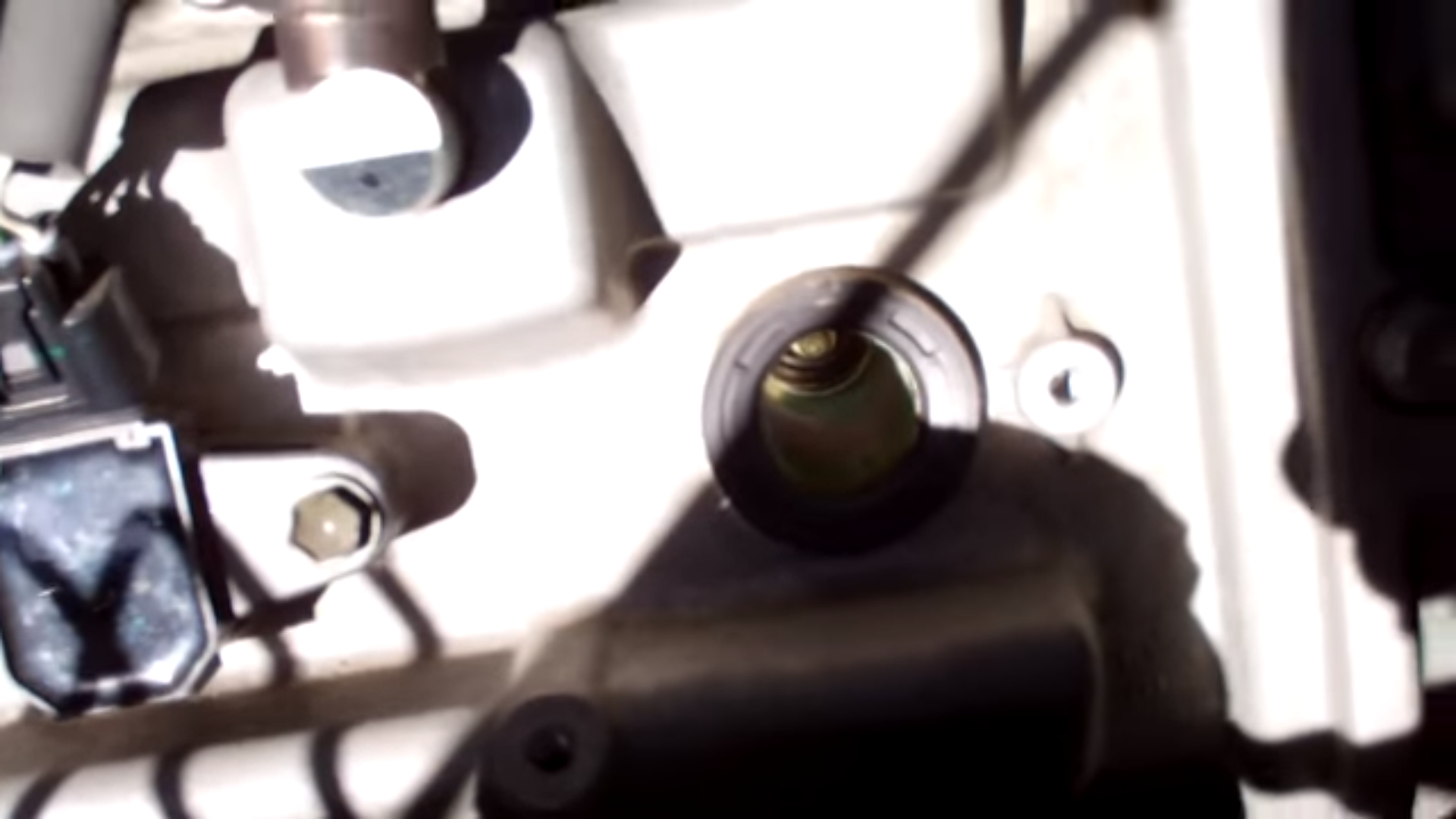
Figure 4. Clean any debris out of spark plug hole. 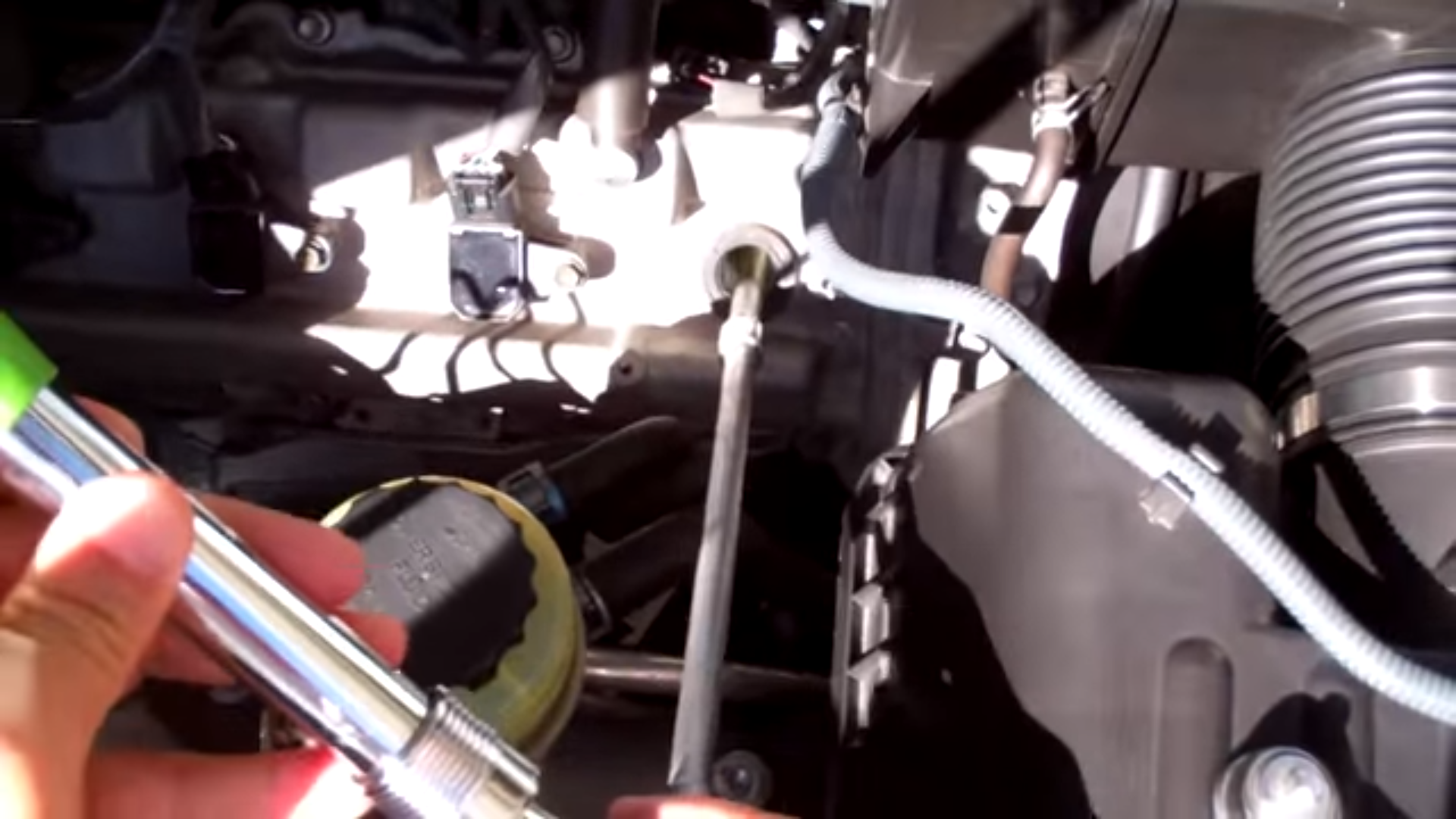
Figure 5. Removing the spark plug.
Step 3 – Install new spark plug
Compare your old spark plug to the new one to make sure that you got the right size and type. Check the gaps on your new spark plugs to make sure that they meet Toyota's specifications, which are .044". One last thing to do before you install your new spark plug is apply a little anti-seize grease to the threads. This will make it easier to remove whenever you have to replace them again.
To install the spark plug, you'll need to guide it into the hole using your ratchet and extension. Make sure that it goes in straight and start to screw it in by hand, without the ratchet handle, to insure you are not cross threading it. When it's in place, carefully tighten it to 13 ft/lbs, or hand-tight plus a 1/4 turn.

Pro Tip
Modern iridium plugs have a delicate center electrode. Extreme care should be taken when gapping them. Most come pre-gapped from the factory, and rarely even need checking.
Step 4 – Install new ignition coil
If you need to install a new ignition coil, just slide it down into the spark plug hole. You should feel a click as it snaps onto the spark plug. Reattach and tighten the bolt. Then reconnect the electrical plug.
That's it. Now you just have to repeat these steps for the other spark plugs and coils.

Pro Tip
Only change one plug and one coil at a time in order to avoid mixing up which one goes in which cylinder.
Featured Video: DIY Toyota Tundra Plug Change
Related Discussions
- Misfire on All Cylinders - YotaTech.com
- Which Spark Plugs are Best? - YotaTech.com
- Plugs for 01 Sequoia - YotaTech.com

